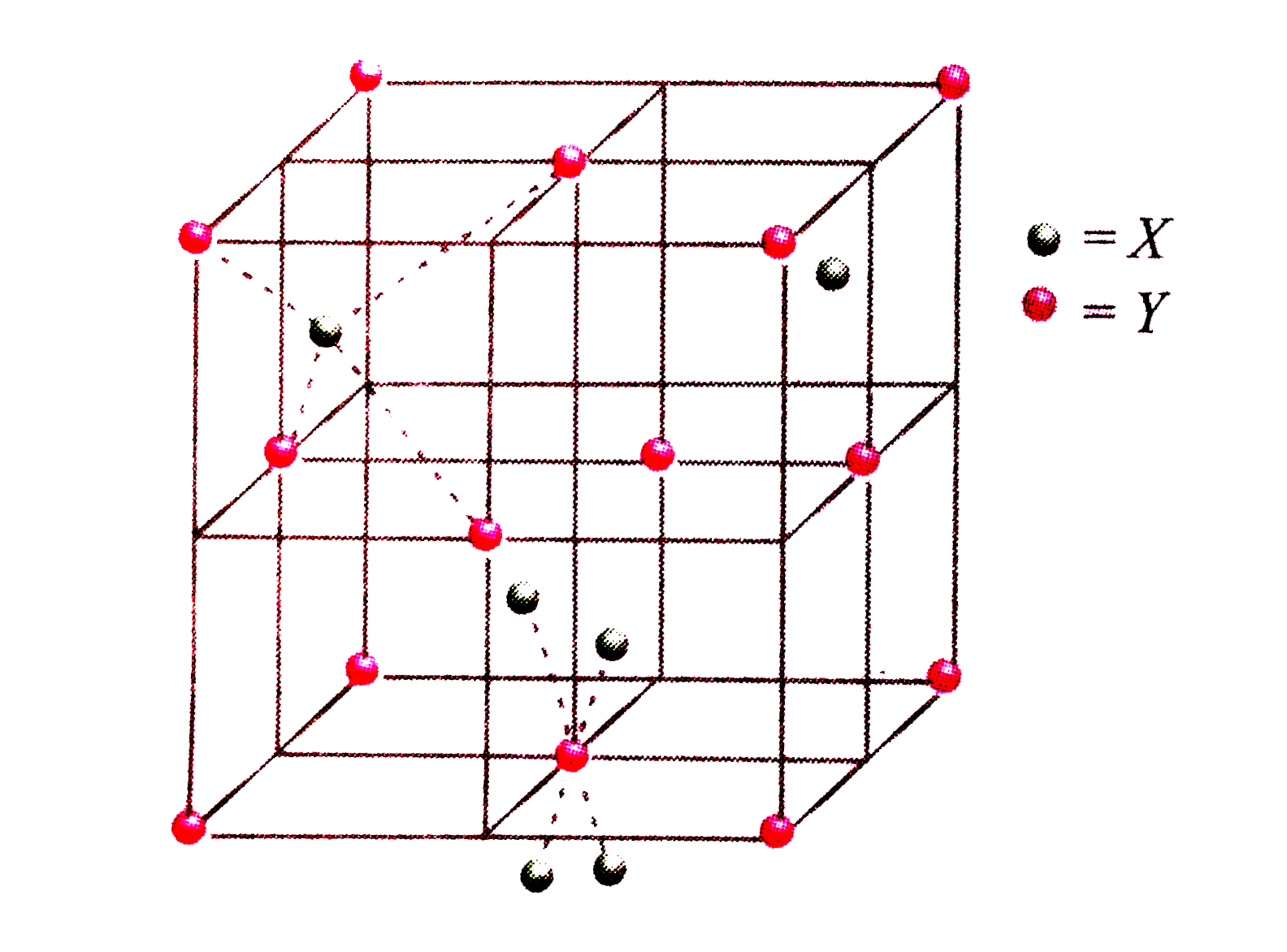Carbon exhibits coordination number of six.
The correct Answer is:F
To determine whether the statement "Carbon exhibits a coordination number of six" is true or false, we can analyze the electronic configuration and bonding capabilities of carbon.
1. Identify the Electronic Configuration of Carbon:
- Carbon has an atomic number of 6, which gives it the electronic configuration of 1s22s22p2.
- This means that in the outer shell (n=2), carbon has a total of 4 electrons: 2 in the 2s orbital and 2 in the 2p orbitals.
2. Determine the Number of Unpaired Electrons:
- In the ground state, carbon has 2 unpaired electrons in the 2p orbitals.
- The configuration can be represented as:
- 2s: ↑↓
- 2p: ↑ ↑ (two unpaired electrons in the 2p orbitals).
3. Excitation of Electrons:
- To form bonds, carbon can promote one of its 2s electrons to the 2p orbital, resulting in four unpaired electrons:
- 2s: ↑
- 2p: ↑ ↑ ↑ (now there are four unpaired electrons).
4. Maximum Coordination Number:
- With four unpaired electrons, carbon can form a maximum of four covalent bonds.
- Each bond corresponds to a coordination number of one, leading to a maximum coordination number of 4.
5. Availability of Vacant Orbitals:
- Carbon does not have any vacant d orbitals in its valence shell. The absence of d orbitals limits its ability to expand its coordination number beyond four.
6. Conclusion:
- Since carbon can only form a maximum of four bonds due to its electronic configuration and the lack of vacant orbitals, the statement that carbon exhibits a coordination number of six is false.
Final Answer:
The statement "Carbon exhibits a coordination number of six" is false.
---
- Carbon has an atomic number of 6, which gives it the electronic configuration of 1s22s22p2.
- This means that in the outer shell (n=2), carbon has a total of 4 electrons: 2 in the 2s orbital and 2 in the 2p orbitals.
- In the ground state, carbon has 2 unpaired electrons in the 2p orbitals.
- The configuration can be represented as:
- 2s: ↑↓
- 2p: ↑ ↑ (two unpaired electrons in the 2p orbitals).
- To form bonds, carbon can promote one of its 2s electrons to the 2p orbital, resulting in four unpaired electrons:
- 2s: ↑
- 2p: ↑ ↑ ↑ (now there are four unpaired electrons).
- With four unpaired electrons, carbon can form a maximum of four covalent bonds.
- Each bond corresponds to a coordination number of one, leading to a maximum coordination number of 4.
- Carbon does not have any vacant d orbitals in its valence shell. The absence of d orbitals limits its ability to expand its coordination number beyond four.
- Since carbon can only form a maximum of four bonds due to its electronic configuration and the lack of vacant orbitals, the statement that carbon exhibits a coordination number of six is false.
The statement "Carbon exhibits a coordination number of six" is false.
Topper's Solved these Questions
- P-BLOCK GROUP 14 - CARBON FAMILYBOOK - CENGAGE CHEMISTRY ENGLISHCHAPTER - P-BLOCK GROUP 14 - CARBON FAMILYEXERCISE - Exercises Archives (Multiple Correct )
3 Videos
- P-BLOCK GROUP 14 - CARBON FAMILYBOOK - CENGAGE CHEMISTRY ENGLISHCHAPTER - P-BLOCK GROUP 14 - CARBON FAMILYEXERCISE - Exercises Archives (Single Correct )
3 Videos
- P-BLOCK GROUP 14 - CARBON FAMILYBOOK - CENGAGE CHEMISTRY ENGLISHCHAPTER - P-BLOCK GROUP 14 - CARBON FAMILYEXERCISE - Exercises (Fill In The Blanks)
16 Videos
- P-BLOCK GROUP 13 - BORON FAMILYBOOK - CENGAGE CHEMISTRY ENGLISHCHAPTER - P-BLOCK GROUP 13 - BORON FAMILYEXERCISE - Exercise Archives (Subjecive)
9 Videos
- PERIODIC CLASSIFICATION OF ELEMENTS AND GENERAL INORGANIC CHEMISTRYBOOK - CENGAGE CHEMISTRY ENGLISHCHAPTER - PERIODIC CLASSIFICATION OF ELEMENTS AND GENERAL INORGANIC CHEMISTRYEXERCISE - Exercises (Archives )Subjective
4 Videos
Similar Questions
Knowledge Check
The comopound which exhibits coordination isomerism is:
A[Pt(NH3)2Cl2]BK3[Fe(CN)6]CK4[Fe(CN)6]D[Cr(NH3)6][Co(CN)6]
A complex anion is formed by Osmium ( in some oxidation state ) with ligands ( in proper number so that coordination number of osmium becomes six ). Which of the following can be its correct IUPAC name ?
View SolutionFor a crystal of diamond, state :
The coordination number of each carbon atom.
View SolutionA complex cation is formed by Pt( in some oxidation state ) with ligands ( in proper number so that coordination number of Pt becomes six ). Which of the following can be its correct IUPAC name ?
View SolutionBoth Co3+andPt4+ have a coordination number of six. Which of the following pair of complexes will show approximately the same electrical conductance for their 0.001 M aqueous solution ?
View SolutionIn diamond, the coordination number of carbon is:
View SolutionSquare planar complexes with a coordination number four exhibit geometrical isomerism whereas tetrahedral complexes do not, why?
View SolutionIn its compounds . Tin exhibits the oxidation numbers .
View Solution

